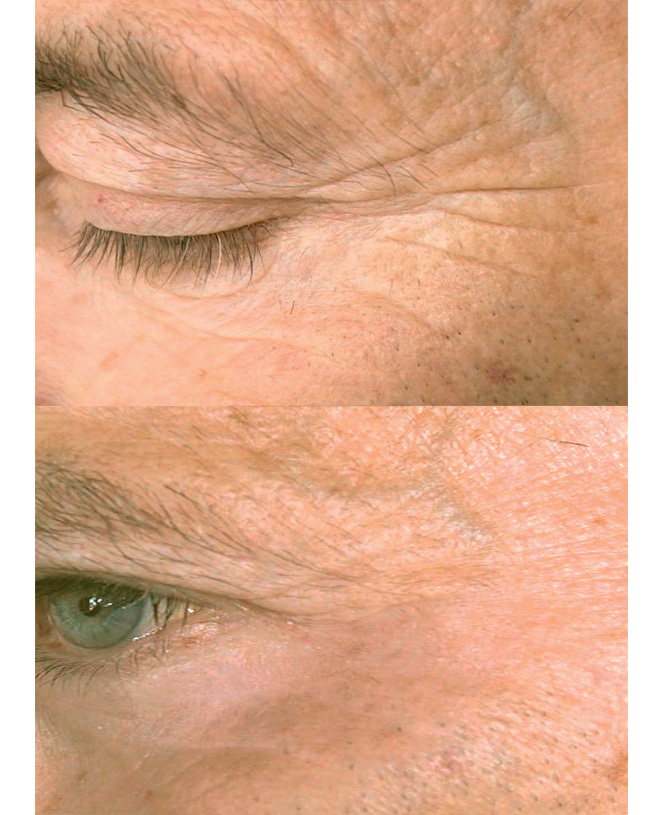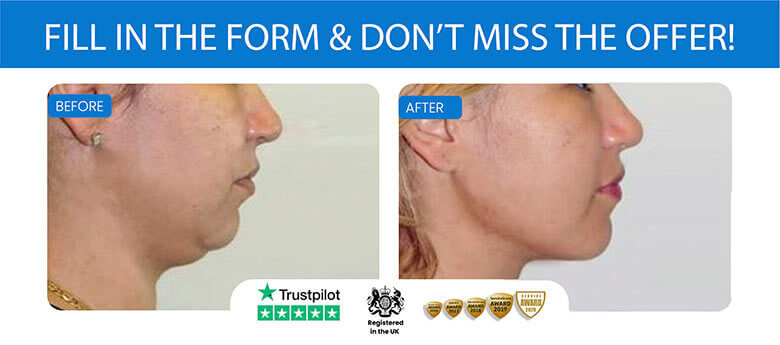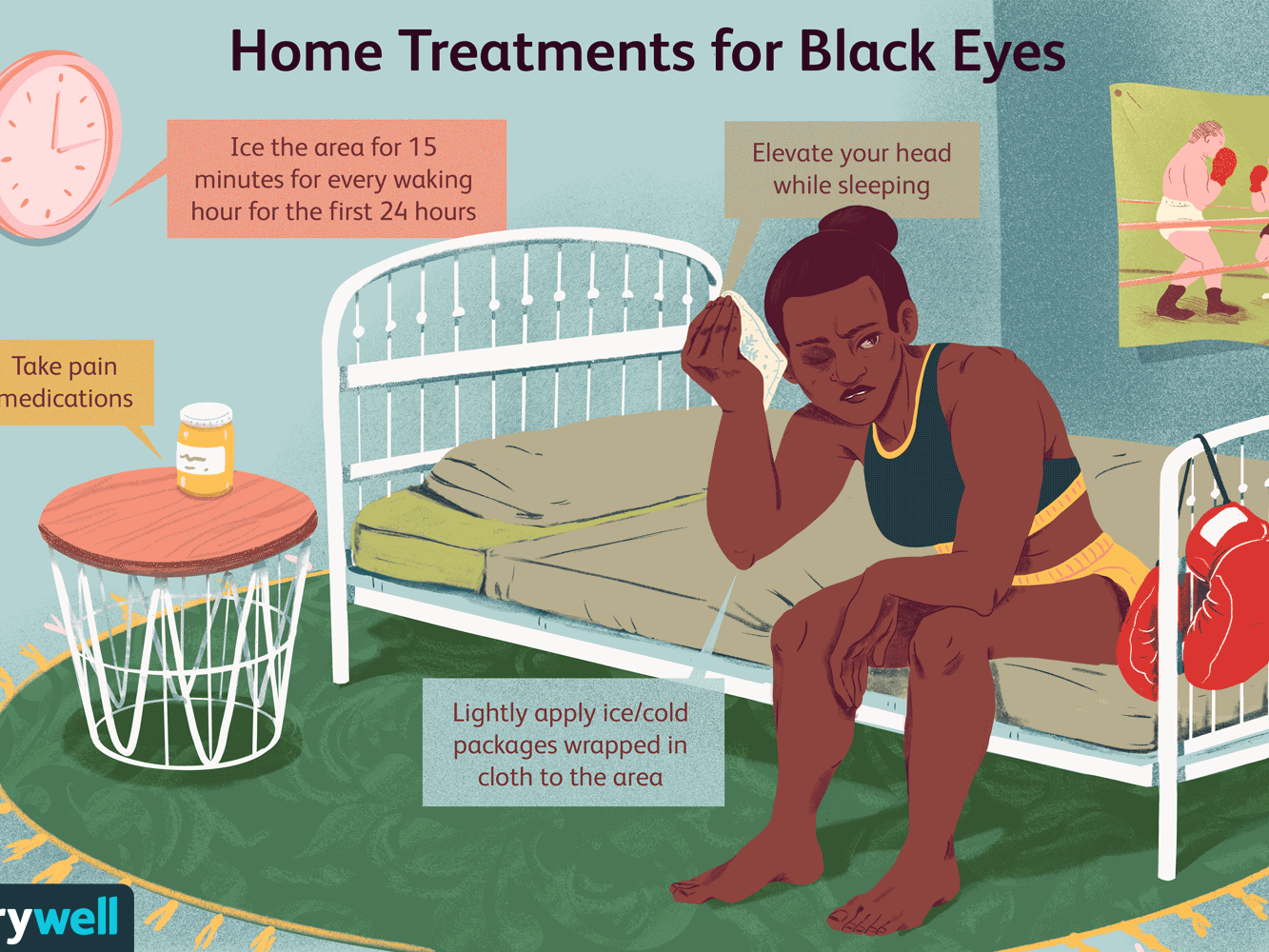
You might be curious if eye Botox is right for you if you have been thinking about it. But what are the side effects and how much does eye Botox cost? Continue reading to find out more. We will cover eligibility, costs, and recommendations. Visit our page on eye Botox to learn more. Stay tuned for the next article about side effects and cost of eye Botox.
Prices
The cost for eye Botox is determined by the type of treatment and the number of units required. Regular treatments cost less than annual visits, and you may qualify for insurance coverage. If the procedure is performed by a board-certified doctor, it will be covered. Your insurance coverage may not apply if you have a cosmetic condition. Most insurance providers will ask you to provide a detailed medical record and authorization prior to treatment.
New York doctors may charge by the unit or area they treat. It varies in price, but may range between nine and twenty dollars. One eye will likely get five units of Botox. If you require more, the price may go up. However, it is important to note that medical insurance usually does not cover the cost of cosmetic Botox injections. Eye Botox prices can vary widely so it is worth speaking to a doctor prior to having the procedure.

Side effects
Botox injections for the eye are used to relax muscles controlling eye movement. For example, people with strabismus experience an imbalanced muscle tone and eyelid movement. This condition is often caused nerve damage around the eyeball and the nerves that lead from the brain to the eyes. The brain may not correctly interpret visual signals from one eye. Botox injections may be able to decrease or eliminate the onset and progression of these conditions.
Other side effects include drooping eyelids. Botox injections into the eyebrows may result in droopy eyelids. Botox can also be injected directly into the forehead. Eye drops and creams can be used in such cases to alleviate the eyelid swelling. Dry eyes may be a side effect.
Recommendations
A few things to consider if you are considering getting eye Botox. You should avoid direct sunlight for at minimum one hour after your procedure. Sunscreen and UV-protective eyewear are recommended. Make sure to wear sunglasses that provide UVA and UVB protection. You will be able to take better care of your eyes by keeping your stress levels low.
In some cases the eyelid muscles may twitch involuntarily. This condition, called myokymia or eyelid muscle twitching involuntarily, can affect either the lower or upper lid. Sometimes, both eyes can twitch. Botox injections are a good option if you have an excessive spasm. Botox treatments should only be performed by a licensed physician.

Patient eligibility
While some insurers do not cover eye botox, Medicare does. Medicare Part D includes botox. Before you have the procedure, ask your doctor about your coverage. The insurance company will determine whether the procedure is covered, and then approve payment. While you might need to pay a copayment (usually less than $20), it is not usually necessary. Your doctor will give you a list of recommended treatments after your initial consultation.
Medicare will pay most of the cost for eye botox. You may still need to cover the rest. Prices will vary depending upon how many Botox injections you require. Before you get Botox, make sure to check with your doctor if you don't have insurance. Your health history and medications will be needed by your doctor. Botox may interact with some medications and procedures. Your doctor may also ask about your medical history. Your doctor may ask you about any antidepressant or blood pressure medications that you are currently on. It may be necessary to take prescription medication, such painkillers. Anesthesia and numbing creams may also be necessary.